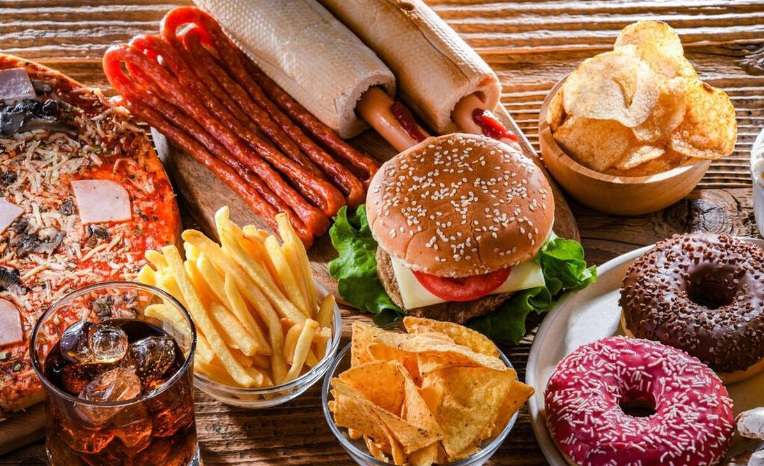The "magic" of flavors: the truth behind deliciousness

Today, with the improvement of living standards, a wide range of delicious foods are flooding the market, from refreshing soda, sweet ice cream, to tempting juice, colorful candies, to soft cakes, crispy puffed foods, etc., which are dazzling. Carefully checking the ingredient list of these food packaging bags, you can often find a familiar figure - flavors. It looks ordinary, but it plays a key role in the deliciousness of food. However, many consumers have misunderstandings about flavors, equating them with "toxic substances" and rejecting foods containing them. So, what exactly is the existence of flavors? How big is its role? Next, let us unveil its mystery together.
What is flavor?
Flavor is a food additive that is a mixture of a variety of natural flavors (extracted from plants and animals) or artificial synthetic flavors, which can emit aromatic odors at room temperature. Its core function is to make food produce, change or improve the flavor. It is worth mentioning that, whether edible spices are naturally extracted or artificially synthesized, their ingredients are essentially the same as many substances we consume in daily life.
How are edible spices classified?
There are various ways to classify edible spices. According to the dosage form, they can be divided into liquid, powder and emulsified forms; according to the source of flavor substances, they also cover thermal reaction type (such as Maillard reaction brings unique flavor), blending type, oxidation type (such as fat oxidation produces specific aroma), fermentation type (giving yogurt, wine, soy sauce, etc. fermentation aroma) and enzymatic type. Such a rich category fully meets the flavor requirements of different food products and forms.
What are the functions of edible spices?
Although edible spices account for a very small proportion of food ingredients, they play a decisive role in food flavor:
Enrich flavor: create a variety of unique flavors for food to meet people's pursuit of different flavors.
Stable quality: ensure that the flavor of food is consistent and avoid flavor fluctuations caused by factors such as raw materials and processing.
Improvement and supplementation: optimize the flavor of processed foods and make up for the natural flavor that may be lost during processing.
Masking odors: cleverly masking the bad smell of some raw materials themselves and improving the taste of food.
Functional characteristics: some edible spices have sterilization, preservative and antioxidant capabilities, which help to extend the shelf life of food.
Stimulating appetite: The unique aroma can stimulate people's appetite and make food more attractive.
What are the uses of edible spices?
Edible flavors and spices have been deeply integrated into all aspects of food production. It not only improves food quality, makes up for flavor defects, and gives food attractive color, aroma and taste, but also greatly improves people's quality of life and food taste, and strongly promotes the vigorous development of the food industry. At present, it is widely used in candy, beverages and cold drinks, seasonings, dairy products, baked goods, meat products and many other fields.
Is edible flavor really harmful?
In fact, as a food additive, edible flavors are strictly regulated in the "Standards for the Use of Food Additives" (GB2760). Only substances that have been safety evaluated and confirmed to be harmless to consumer health and are indeed necessary for use in food processing are allowed as food additives. As long as it is used legally and within the limits set by the state, edible flavors are safe and will not harm health if consumed for a long time. However, illegal use or excessive use of food additives is illegal and must be resolutely stopped.
It can be said that without edible flavors, many foods lose the fascinating "soul flavor". We should understand it with a scientific and rational attitude and enjoy the infinite possibilities it brings to food.
Post time:2025-04-27
